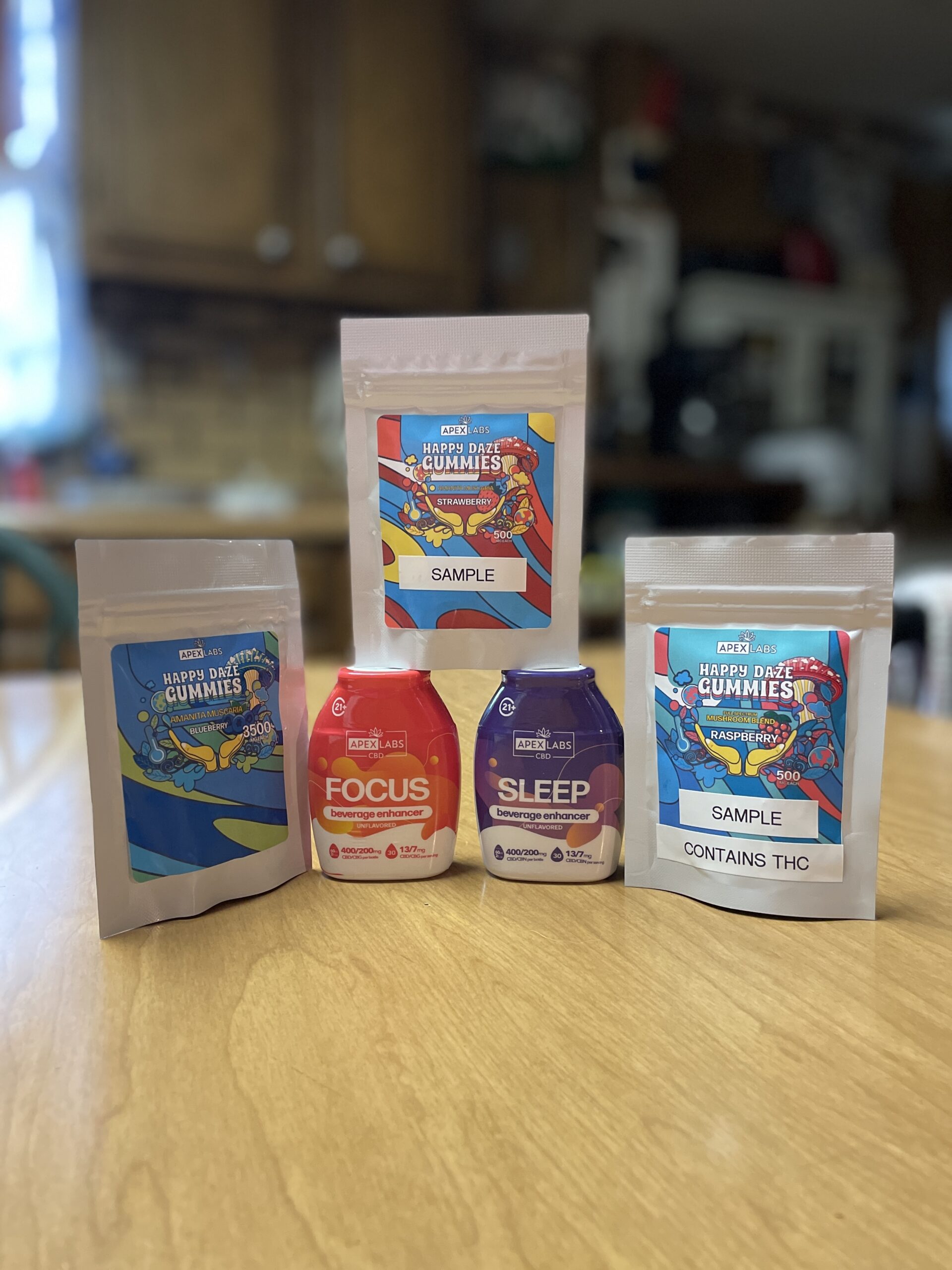MENTAL ILLNESS : 9 ways to communicate when we don’t have the words

Not having the right words to explain what we're feeling can be frustrating. These feelings can make us withdraw, which leads to loneliness and isolation.
When you're in the middle of an anxiety attack or down in the dumps, it can be difficult to communicate — especially when you don't have the words to describe what you're feeling.
If you find yourself struggling to put your feelings into words, here are some ways people with mental illnesses try to convey their emotions:
1) Take a deep breath
When in the middle of a panic attack, though, you can't breathe. And when depression is severe, you don't even notice that your breathing is shallow and labored.
Taking a deep breath isn't just about calming yourself down. It's about getting oxygen to your brain.
When you're panicked or depressed or both, your brain needs more than its usual share of oxygen to keep functioning properly. The deeper you breathe, the more oxygen you get to the brain and the clearer you'll be able to think and communicate.
This can be particularly helpful when a loved one has said something that has jolted you back into panic mode. You may not have the words to defend yourself or set them straight right away, but if you take a deep breath and give yourself time to process what they've said, you'll find it easier to come up with an intelligent response instead of just blurting out another hurtful thing in anger.
This is a simple way to calm yourself down — it's been proven to help reduce stress levels and increase focus. Breathing exercises are also used in yoga, which can be helpful for those experiencing depression or anxiety.
2) Look at pictures
Sometimes it's easier for people to understand where you're coming from if you show them what you're going through by using pictures.
Whether it's because we're in a new relationship, because we don't want to admit that we're suffering, or because we're just not sure how to articulate what's going on, there comes a time when people can't find the right words to say to one another.
This isn't necessarily a bad thing. Sometimes it's okay to have silence between friends and family members. Sometimes, it's better than words. But sometimes silence is painful, and finding a way to break that silence so that you can talk about what you're feeling can be incredibly beneficial.
This is where art comes in.
Art provides us with a way to communicate things that we might not be able to say out loud or even put into words yet. Art comes in many different forms: writing, painting, drawing, photography, etc., and can be used in many ways: as therapy for those who are suffering from mental illness or as a tool for friends and family members of those suffering from mental illness to understand what their loved ones are feeling without having to ask them directly about it (and potentially making them feel uncomfortable or ashamed).
3) Write a poem or short story
Expressing yourself creatively can help others better grasp what they can't put into words.
You don't need to be a professional poet to use writing as a tool for mental health. Anyone can use the process of putting pen to paper (or fingers to keyboard) to explore emotions. Whether you're struggling with anxiety, depression, or another issue, you might find that it helps you cope with symptoms and feel better overall.
This works in part because writing out your feelings can help you organize your thoughts and develop greater self-awareness. It's also an outlet for communicating emotions when words aren't sufficient — which can be especially helpful when mental illness takes away your ability to articulate yourself.
Don't worry about being good at it
Writing is a way to express yourself — not an assignment that needs to be graded on its creativity or grammar. Just focus on whatever comes to mind when you sit down to write. Your goal is simply to put some distance between yourself and the difficult emotions or experiences you're facing so that they're less overwhelming. You'll have more perspective on them after the fact, and this exercise may help you figure out what you need right now to feel better.
4) Make a chart or list
If your stress or depression is due to something specific in your life, like work or school, making a list of reasons why it's negatively affecting you may be helpful.
Many people struggling with mental health illness often have a hard time communicating their emotions. This is because they don't have the vocabulary to describe how they're feeling, or they fear that no one will understand them.
Charts are a way to communicate with other people, especially when words fail or you don't know what to say. They are an excellent tool for communicating how you're feeling, even when you don't know exactly what to say. Mental health charts do not replace professional help, but they can be used as part of a self-care plan to reduce stress and improve communication between friends and family members.
Mental health charts offer a way to track your moods over time. This helps you identify triggers and events that make your symptoms worse so you can better manage them in the future.
Making A Chart can also help others understand your feelings and offer insight into what you're going through. For example, if someone says something hurtful to you and it makes your symptoms worse, you can use a chart to explain why this happened instead of having an outburst and scaring them away from talking about it again in the future.
5) Develop a body language dictionary with someone who knows you well
Nonverbal communication is a form of communication that occurs without words which is continuous. It is body language and environmental context involved in any communication.
Nonverbal communication can complement or substitute verbal communication. However, it can also contradict the literal meaning of words.
Communication is not just about speaking, it's also about listening. Nonverbal cues are the most important part of communication because that's how you really know what another person means and how they feel.
6) Talk about your emotions
When you have a mental illness, it can be difficult to find the words to explain how you're feeling.
So most of us describe our symptoms as best we can — and try to explain the ways in which they affect us.
But sometimes, the ways in which our symptoms manifest themselves aren't obvious. And that can make it very difficult for people to understand why we're struggling.
The lack of understanding from those around us can lead to feelings of isolation and loneliness, because while they want to help, they don't know how.
Here's why talk about your emotions is important in order to communicate when you don't have the words during mental illness:
It helps us understand ourselves better: We might not even know why we're struggling so much at times, so describing our symptoms and experiences can be helpful in understanding ourselves better and getting to the root of our illness.
It helps others empathise with us: When we'd rather hide away than talk about what's going on inside our heads, it's hard for people who care about us to understand how best to support us. Explaining what's going on can help them sympathise with what we're experiencing.
7) Talk about your physical symptoms
When you live with mental illness, your capabilities are often diminished by physical symptoms such as insomnia, nausea, dizziness, and fatigue. However, these physical symptoms can feel too difficult to talk about because they are not readily visible to other people. It is also hard to explain how the various aches and pains manifest themselves in your world. These are among the reasons it can be hard to know when it is important to let others know that your symptoms affect what you can do.
8 .Color coordinate
One of the most powerful ways to communicate without words is through color. Generally, it’s just not possible to communicate everything that needs communicating without words.However, I think coordinate colors are incredibly useful. Coordinate colors are a great way to make one thing clear. They convey messages clearly, and it impairs the information quicker and easier in our brain.
You can also use an online mood tracker like Moodscope to get a visual representation of your moods over time.
- Journaling
Journaling is a great way to identify and communicate your thoughts and feelings, especially if you're feeling overwhelmed. But when you're in the middle of a crisis it's not always easy to find the words to express yourself. The good news is, you don't need words to get your point across.
The Benefits of Journaling
Journaling has many benefits if you have depression or anxiety. It can help you:
Understand your emotions better
Identify triggers that make symptoms worse
Notice patterns in your thoughts and behaviors
Set daily mood goals for yourself
Track progress toward goals





